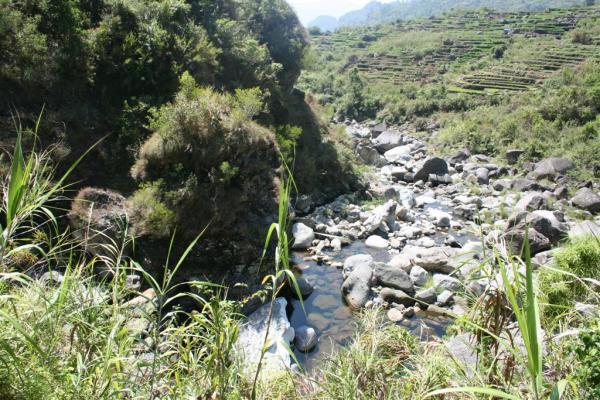Nature Tripping in the Philippines
The climate, landscape and geography of the Philippine islands contribute to its rich and abundant wildlife, and not to mention the diverse and unique combination of flora and fauna. Under the sea and on the ground, the Philippines is noted the world over for its wide varieties of mammals, plant life, marine life, and other animals. Half the land area is composed of tropical forests, and some of which are still virgin forests, which serve as home to some of the most intriguing flora and fauna in the world.

About 15,000 species of plant life can be found throughout the islands; a large number of which have medicinal properties and have been used since time immemorial by tribes and locals to treat a host of illnesses and diseases. Other flora are edible and have made their way into the Filipino diet, which are both delicious and nutritious. Philippine flora is also largely ornamental; many of which can even be found in the homes and gardens of those who live in the city.
The most popular tree in the Philippines is the coconut tree, which is also a beautiful tree that outlines many beaches and coastal towns throughout the country. Its fruit and the juice is a refreshing treat, and the coconut oil provides a number of uses ranging from medicinal to edible, earning it the nickname “the tree of life”.
Rice, the staple food of Filipinos, is commonly grown in the Central Plain of Luzon. The Philippines is also known for the best varieties of fruits in the world, especially sweet mangoes, which is also the national fruit. Among other delicious fruits of the country include pineapples, guavas, papaya, and jackfruits.
The Philippine seas are home to thousands of species of fish, two thousand of which are commonly eaten in the Filipino diet, including bangus or milkfish, tuna, mackerel, prawns, squids, shrimps, and shellfish. The forests are home to around 500 species of birds, including eagles, peacocks, parrots, and pigeons. A common sight in the rural areas is the carabao or water buffalo, which aids farmers in carrying loads and plowing fields.
The majestic forests, jungles, valleys and mountains of the country are not only known for being home to wildlife, but are also a popular destination for tourists and foreigners. The mountains and volcanoes provide an exciting adventure trail for those who enjoy hiking and trekking, and these types of activities offer travelers the chance to explore unknown and unspoilt areas. Some known locations for trekking include Mount Pinatubo, Mt. Apo, Mt. Mayon, Banaue Rice Terraces, Baguio, Cebu, Palawan.
Outdoor activities are a must in the country, simply traveling the Philippines is synonymous to communing with nature. Campsites abound the country from north to south, one can even choose to sleep outdoors when traveling to a beach instead of sleeping at a resort.
National parks have been established by the government to educate people and protect the delicate species that live in these areas. They are an ideal destination for sightseeing and learning. These include Palanan Wilderness, Mt. Isarog, El Nido Marine Reserve, Turtle Islands, Twin Lakes, and Mount Arayat.


makes me want to drink alchoholic beverages